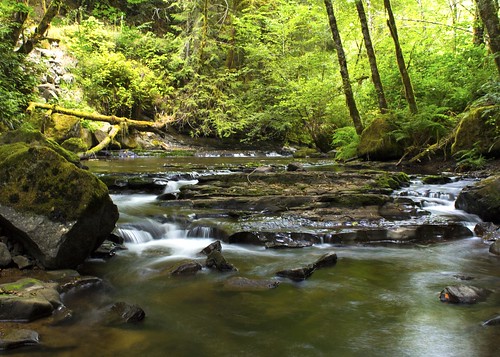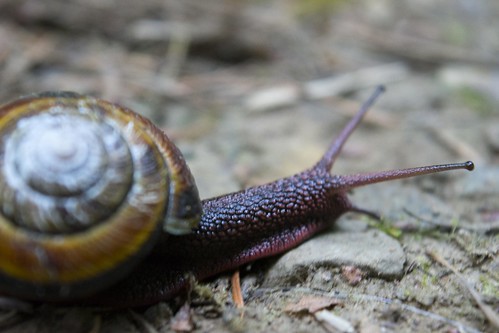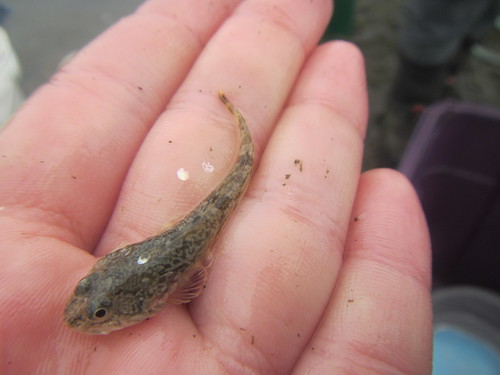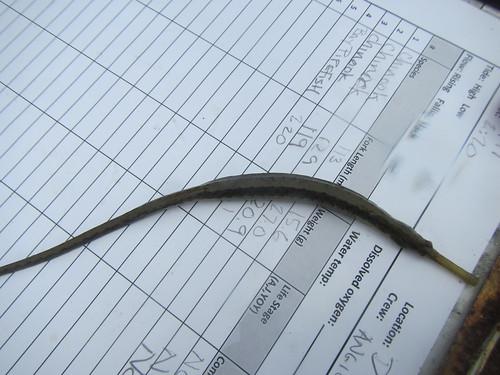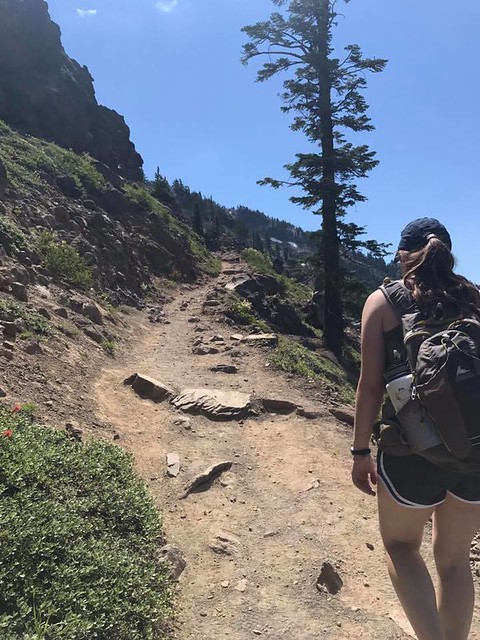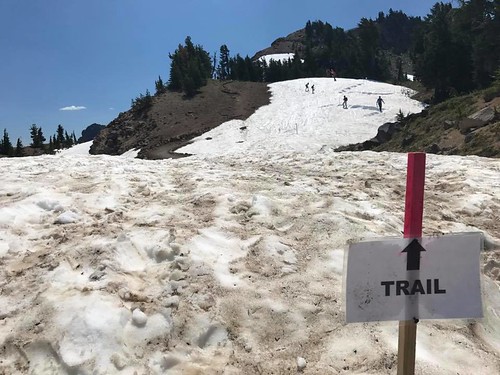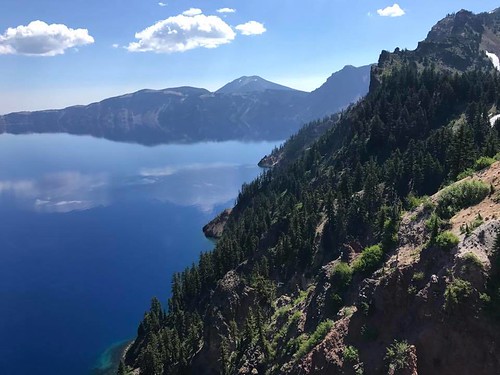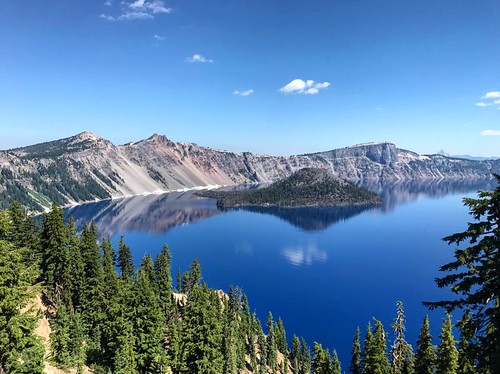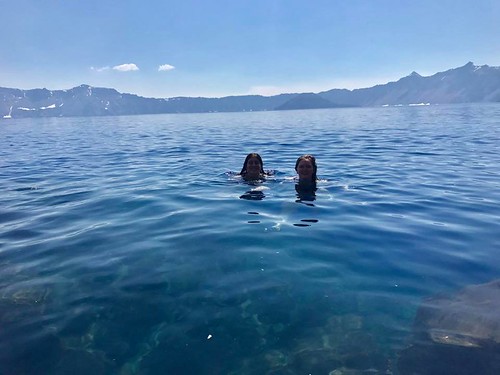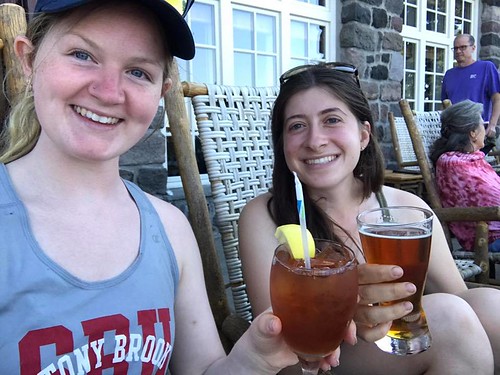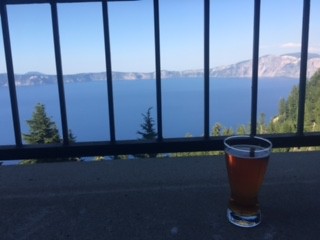As part of wrapping up my summer here with the Coastal Management Program my mentor suggested I make a list of everything related to the King Tides project that still needs to be completed. Unfortunately, due to babies being born and vacations being had, we didn’t have all the right people in the right place at the right time, but alas! The work will still [hopefully] get done. The photo project is also an annual and ongoing initiative therefore there will always be SOMETHING to do.
Seeing as that I am one post behind on my blogging I figured I’d use this to kill two birds with one stone. Or as a vegan would say: cut two carrots with one knife (tho that seems like a much easier feat to accomplish).
La da da da data!
(please play sound clip for reference)
Currently all the data we have (location, direction, time, photographer name) about the photos on this iteration of the map is in a different format from the future data that will be generated via our new survey platform, Survey123. My hope was to have access to this data sooner than my last week and really have time to clean it up, but now we’ve done what we could to put a dent in it and will take this as a chance to learn about what should be done moving forward.
We have about 415 photos that need to be individually viewed and placed at their correct location because they were uploaded and plotted without a lat/long. These photos come from a batch of 1065 photos spanning from 2009 to 2015. These points, along with the others on the current map containing all the data from the 2015/16 and 2016/17 (about 1,800 total), will then be combined to form a final map with EVERYTHING FINALLY IN ITS PLACE! I plan to check back as the season approaches to see if progress is made towards this awesome end goal.
Once there is a final map the photos can be re-downloaded and placed into the corresponding albums on Flickr since we are moving away from the jumbled photo stream. Tip for Flickr users: you can’t add other people’s photos to your oh-so-beautifully organized albums /: A problem we encountered early on that may be resolved some time in the future.
Engagement
As the season approaches it’s important to keep people engaged and up to date with what we’re doing. Continuing to post to Instagram, Twitter, and FB will help remind people of the upcoming season and encourage them to participate.
I’ve been able to schedule a handful of Facebook posts starting now and finishing all the way after the end of the season in January (who knew you could do that!) They include links to our social media platforms and helpful pages on our website. Directing people to specific info instead of the entire website will hopefully draw their attention get them to keep coming back.
Meg is awesome with the Twitter account while Instagram was always my thing, so I’m drafting a bunch of Instagram posts for her so that they’re ready to once the season picks up! One thing I’ve done is chopped up the video I made for the site into little bits that can be posted one at a time. The longer video is on our FAQ page, but if you want to check it out I’ve linked it below!
Maiiiiiiiiiiil!
(another great reference that I hope you’re all familiar with)
One of the last things to be done as the season approaches is to send out all the emails to our updated PR list. Overtime I gathered information about popular Oregon photographers and Public Works people who may be interested in participating in the project. They are two very different groups of people but both are relevant! We’re hoping to get some great stock images from the photographers while the Public Works people may be more familiar with the infrastructure damage and erosion that comes with the King Tides.
In the end I’m hoping another intern can come in quite soon and pick up where I left off. During the season there will be much more work to be done and this summer we’ve built a great foundation.
Cheers to Snoop Dogg, Blue’s Clues, and my second to last blog post. The end (and apocECLIPSE) is near!






